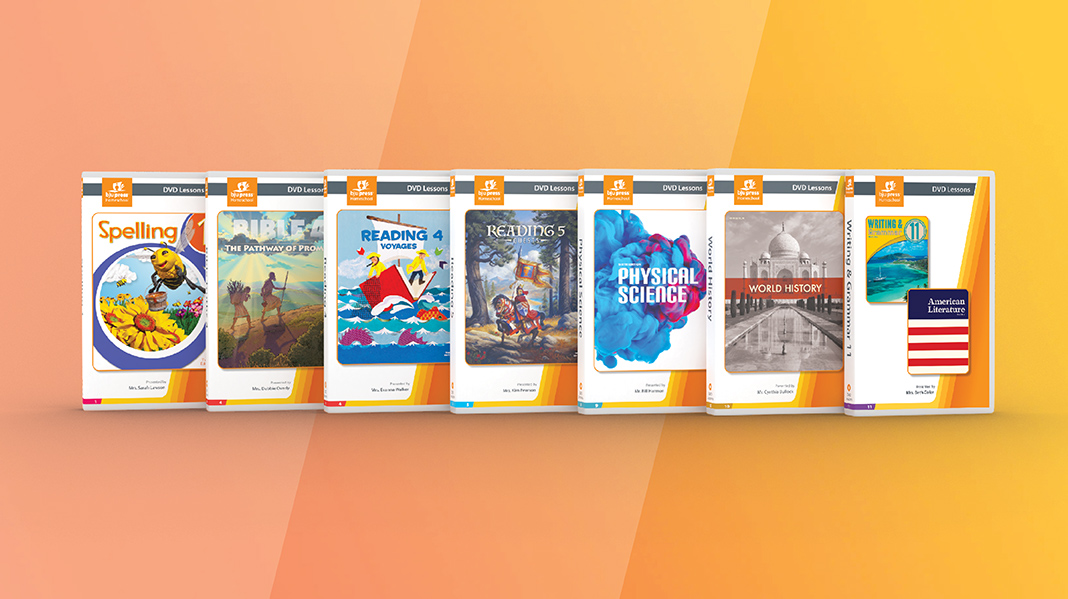
We are excited to introduce our new video courses for 2021! This year we have seven new courses that span from Grades 1–11. Each course is age-appropriate and, above all, is designed to excite a love of learning in your students. For more information about these new courses, see our new 2021 Catalog! [Read more…] about New Homeschool Video Courses
history
Staying Healthy in Your Homeschool This Flu Season

Did you know that this year is the one-hundred-year anniversary of the global outbreak of the Spanish flu? It was the worst pandemic in the history of the world, killing 50 to 100 million people worldwide. And today, everywhere you turn, there’s coughing, runny noses, and tissues. It may not be a second outbreak of the Spanish flu, but flu season is definitely here. As you take steps to keep your family healthy, don’t forget the familiar tips for avoiding sicknesses. You may start dosing your children with vitamins—if you don’t already—and remind them daily to cover their mouths when they cough or sneeze. Here are a few more reminders for staying healthy when all around you are falling ill.
Wash Your Hands When You Get Home
At school, children pass around germs and sickness like some wild game of hot potato. Since you homeschool, you already have a big advantage. But your children still get exposed to sicknesses whenever they go out—to church, homeschool co-ops, the store, the library, or even sports games. It’s important for them to wash their hands as soon as they get back home. You may even consider keeping a bottle of hand sanitizer by your front door or in your purse.
Let Your Lifestyle Support the Immune System
It’s a simple truth that our daily routines do more for (or against) our immune systems than anything else we can do. More than ever, now is a good time for you to ensure that your children are getting plenty of sleep, eating right, and exercising. Are you an early-morning homeschooler? Consider pushing your start time back to ensure your children are getting a full eight to ten hours of sleep. Have picky eaters? Consider trying some new recipes to make healthy greens more appealing. Too cold to play outside? Consider some indoor games that include movement and exercise.
Learn About the Human Body
Perhaps the best way to ensure that your children stay healthy this flu season is to give them a healthy understanding of how their bodies work. The more they know about what keeps them healthy, the more capable they will be of making wise decisions throughout the day. Each grade of the BJU Press elementary science line includes a unit about the human body and its systems. If you haven’t reached it yet, consider skipping ahead to cover it early. Science 1 even features a special discussion on staying healthy.
So what does staying healthy this flu season have to do with the Spanish flu? While the average strain of flu won’t be nearly as deadly as the 1918 one, flu viruses still pose a very serious threat to many. Doing their best to stay healthy is a small service your children can do for others who may have compromised immune systems or may be at severe risk from the spread of a virus.
Lego® Role-Play for Learning History
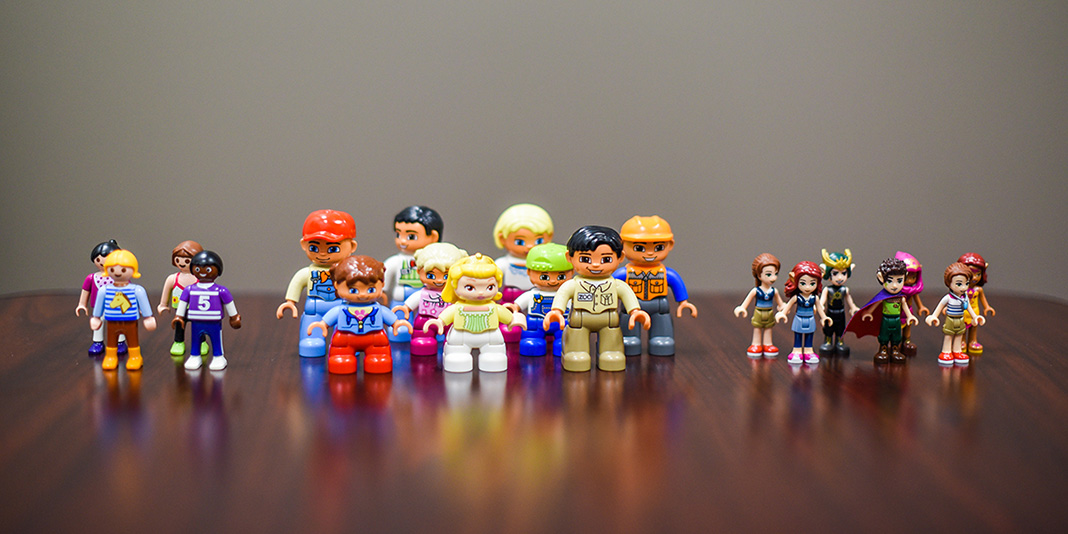
My oldest daughter learns verbally. She reads with understanding and incorporates new vocabulary into her responses to questions about material she’s learning. That makes teaching history to her easy and enjoyable. I am verbal, too, when sharing historical narratives and explaining conflicts of the past.
So I was surprised when she started struggling early in third grade. She wasn’t failing quizzes or even struggling to answer my comprehension questions, but I could tell she wasn’t getting it. More importantly, the joy was slipping away.
History’s Challenge
Some of the most exciting parts of history revolve around explorers, generals, and inventors. We enjoy teaching the feats of these larger-than-life individuals that feed our children’s imaginations. But some of the most significant turning points in history involve legal documents. These documents addressed the most contentious issues but often feel stale and irrelevant to our young children.
For my daughter and me, one challenging document is the most important document in American history—the Constitution. In talking about it with my daughter, I could tell from her responses and glazed eyes that debates over representation weren’t exciting her. But I knew this was too important for her to miss.
Legos and History
The next evening, I asked my daughter to find all of our Lego, Duplo®, and Playmobil® mini figurines. We were going to do some Lego role-play.
We divided up the mini figurine groups based on type and called them “states.” The Duplo “state” had the highest population of the three, and the Playmobil “state” had the smallest population. Then we worked through the proposals for representation at the Constitutional Convention.
Under Madison’s proposal, we decided that each “state” received one representative for every three “people.” After counting out the representatives, I asked, “Who would like this proposal?”
She responded, “The Duplo people!”
“Why do they like it?”
“They get the most votes in Congress.”

“What about the small state proposal?”
“They would get one vote each.” So we worked out representation for the “states” under this proposal.
“Who likes this proposal?” I asked.
“The Playmobil people because they get an equal vote.”

Finally, we worked through the Great Compromise. By the end of the lesson, I could see the Lego role-play had really helped her grasp an important concept in civics.
Making History and Civics Concrete
Usually when we read about history or civics, it’s abstract—at least to some degree. Illustrations and photographs can help turn those concepts into something your child can see. But many such discussions may be difficult for a child with relatively few life experiences to relate it to.
Role-playing enables you and your child to take these abstract ideas and make them concrete—so concrete that you may find yourself pushing “Lewis and Clark’s boats” up the “Missouri River.” This fun, family-building experience helps your child turn verbal details into active learning.
Checking Your Child’s Learning
Let’s suppose I think my daughter has a handle on the idea of supply and demand. It may even appear that she grasps how railroads and steamboats affected the relationship between farms and cities.
But when we role-play it, I can see what my daughter really understands as she recreates a city and a farm. We can talk through how railroads enable farms farther from the cities to support larger populations in those cities. When she uses supply to describe the “food” and demand to relate to the mini figurines that are “hungry,” I can tell that she gets it.
I’ve found that these hands-on activities make powerful assessment tools for evaluating my child’s learning.
Choosing Hands-on Learning
If your child is beginning to get that glazed-over look as you discuss US history, break out a hands-on activity. We used Legos, but you can use stuffed animals or Popsicle® stick people instead. Help your child by turning abstract readings about the past into active, hands-on learning.
Why History Seems Boring and How to Make It Fascinating
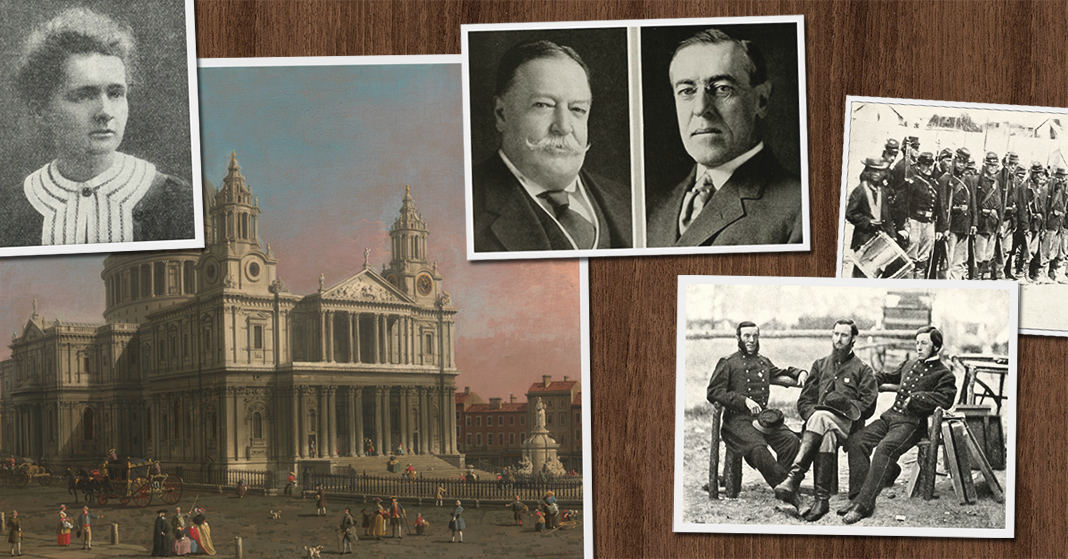
It’s not unusual for children to find history boring. But that wasn’t the case with me. I’ve been a history nerd ever since my dad took me on a homeschool field trip to a World War II aircraft carrier. But I understand that not everyone shares my enthusiasm for studying the past. Does your child get bored with history?
There are plenty of reasons some children (and adults!) think history is uninteresting. Here are just two of them—and my suggestion for how to fix the problem.
• Just the (Boring) Facts
Sometimes studying history feels like the mindless memorization of unrelated dates and names. As they read historical narratives, kids may get the sense that dates pop up without warning, sometimes causing them to wonder why particular events have dates associated with them and others don’t.
And then there are the names. Certain people have some action or achievement associated with their names that we exhort our children to remember. Take the Age of Enlightenment as an example. There are so many philosophers and so many scientists—each with a discovery or book title attached to his name. Trying to keep track of it all can feel overwhelming.
• Not Relevant (to Me)
Not only do the dates and names feel overwhelming, focusing on facts makes it difficult for your child to see what all this has to do with him personally. He’s hearing about a bunch of dead people who haven’t done a thing for centuries. And when is anybody ever going to use the fact that 1,285 years ago this month Charles Martel defeated the Moors in the Battle of Tours? It just doesn’t seem to make any difference in our day-to-day lives.
Big-Picture Approach
Those are two common complaints, but what can we do to help our children see the significance and relevance of people and events from the past? We can turn “boring” history into a fascinating study by using questions to focus our children’s attention on the big picture. An important aspect of this is teaching history as a narrative in chronological order.
And here are a couple of effective questioning strategies you can use to help your children see the big picture of the historical narrative they’re reading. This involves going beyond the regular surface-level questions like “When did . . . ?” and “Who wrote . . .?” Big-picture questions enable students to synthesize historical data into an overarching view of the past.
• Before-and-After Reading Questions
These questions are most effective when given to children as preparation before they read something and as follow-up afterwards. Before children wade into material chronicling a series of bureaucratic changes, scientific advancements, or philosophic treatises, they need to know what they’re looking for. Guiding questions like the ones below from World Studies (page 152) can help. Having a purpose in their reading will lead children to see the bigger picture.
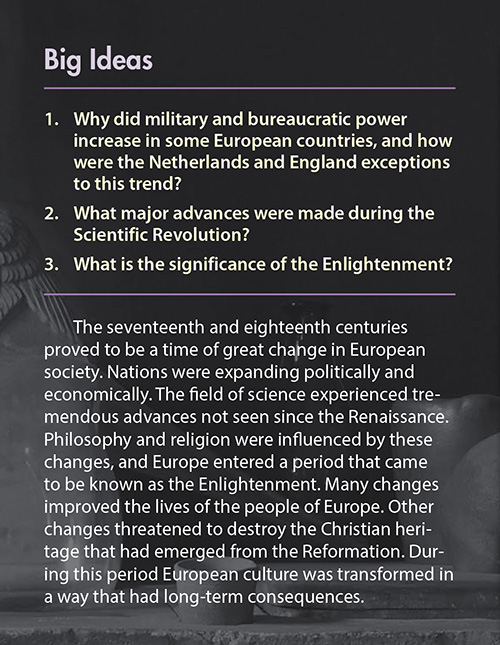
• Critical Thinking Questions
A second type of big-picture question can also help your children refocus on the important ideas after reading through the details, like this one from Heritage Studies 4 (page 171).

Such questions generalize history, making it more relevant. They help your children move from superficially recalling details to thinking critically because they have to synthesize the details in order to create a generalization. All those pesky details are important, but if children don’t develop critical thinking skills, they won’t see the significance.
By understanding chronological order and generalizations of historical events, students can make appropriate analogies to things that are happening today. While no past event is a perfect match for a current event, there’s often significant overlap. The differences mean we cannot use the past to predict the future, but we can use the past to give us moral clarity about the present. A student with a biblical worldview and an understanding of historical context will be better able to navigate the complexities of current events. Ultimately, those connections to worldview and the present will make history interesting to your child.
Use effective questions in history so your children will learn to value history as they see its connection to the present.
Scope & Sequence: A Homeschool Game Plan
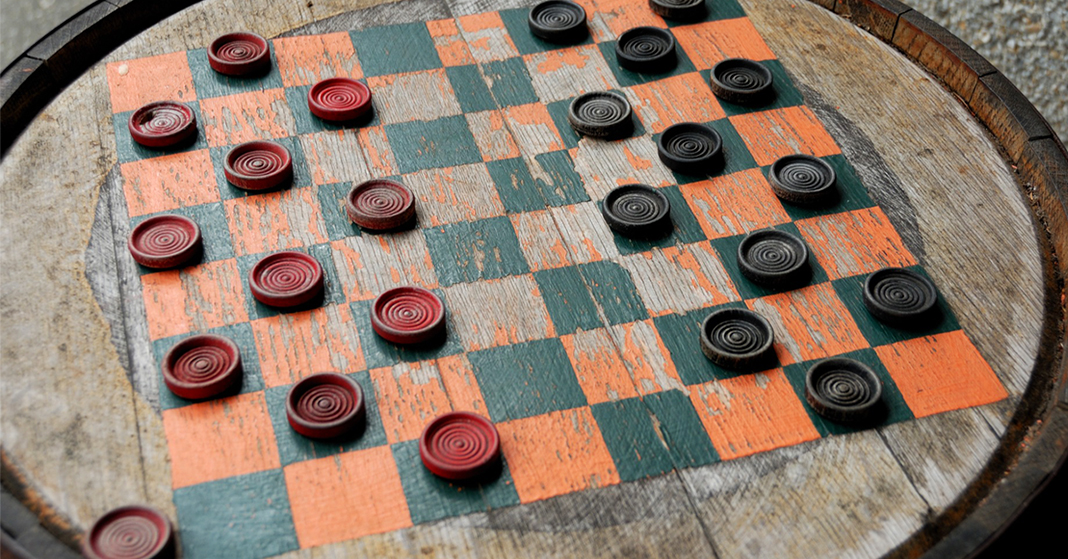
As a homeschool dad, I wonder about taking children who can’t read and preparing them for college. It seems like such a huge climb. How do we take five-year-olds and prepare them for what the Lord has planned without overwhelming them? To help with the process, I like to think about board games.
I’ve always enjoyed playing board games. I remember whiling away the summer hours with Monopoly and Risk. As an adult, I’ve come to enjoy playing Settlers of Catan. So I want to introduce my children to board games. But finding a game that engages everyone is challenging for two reasons.
1. It Can’t Be Too Hard
2. It Can’t Be Too Easy
If the game concepts are too complicated for my children to understand, they get frustrated and don’t want to play. But if the game concepts are too easy, they learn them quickly but soon lose interest because the game no longer challenges them. The best games are simple for everyone to begin playing. However, the best games have enough depth to them to accommodate the complex thinking of mature players. That’s why games like checkers have such longevity. They’re simple to learn, but as children grow they can use increasingly complex strategies.
Preparing children for what God has planned works in a similar way. If children are given concepts that are too intricate or abstract, they get frustrated and want to quit. If the material is too easy, the child gets bored and loses interest in learning. The best learning is carefully planned to be challenging without being frustrating.
Scope & Sequence
Curriculum publishers typically have a teaching plan called a “scope and sequence.” These documents are like maps that show a path through content that moves children step by step from awareness of material to mastery of the material.
If there were a scope and sequence for checkers, it would start with basic moves. For the child who has developed an understanding of how to move the pieces, the scope and sequence would include basic tricks for capturing pieces. Later, older players describe and model the broad strategies for winning the game. Finally, the child would have the opportunity to create his own strategy for winning. Then he can refine that strategy through playing with increasingly challenging opponents.
When it comes to homeschooling our children, we want a plan that keeps them engrossed in learning. The best plans increase the complexity of the materials in coordination with the child’s maturation.
Applied to History
I’ve enjoyed watching my daughter develop in her love for history. So teaching her in the evenings after work has been a special time for us. The BJU Press Heritage Studies curriculum does a terrific job of challenging her without being frustrating.
As she enters third grade, I’m excited to teach from the Constitutional Convention up to the Civil War. So much happened in that time period involving executive actions, legislative compromises, and judicial review—in other words, some complicated stuff.
But we’ve been preparing since first grade. Here’s how my daughter’s been getting ready, through the curriculum, to tackle the formative aspects of our nation’s history that we’ll cover in third grade.
First Grade Heritage Studies
In an introductory way, we covered local leaders, national leaders, rights, and voting.
Second Grade Heritage Studies
We returned to local, state, and national leaders, but we added more detail. The president, Congress, and judges were given more specific definitions. We learned that the Constitution guarantees our rights and our responsibilities to get involved in elections by voting.
To make this learning more concrete, we also role-played an election and wrote a “law” for our house.
Third Grade Heritage Studies
We’ll review the interplay of local, state, and national leaders. But now, we’ll add detail about how the legislative, executive, and judicial branches work together. This time, it’s within the context of the Constitutional Convention and the first presidency. So we can see how presidents administer policies through their cabinets and how Congress has two groups.
At this point, my daughter is ready for the drama of this early period. She’s ready to understand Hamilton and Jefferson’s fight over the national bank and ready to explore the legislative compromises that lead to the Civil War. She’s prepared to learn this material because we followed a plan. As in the game of checkers, the basic concepts were easy. Each step made the next one easier. It wasn’t simple, but the increasing challenge of the material has made it fun.
Take a look at the Scope & Sequence BJU Press offers, a game plan carefully designed to help your child be a winner.